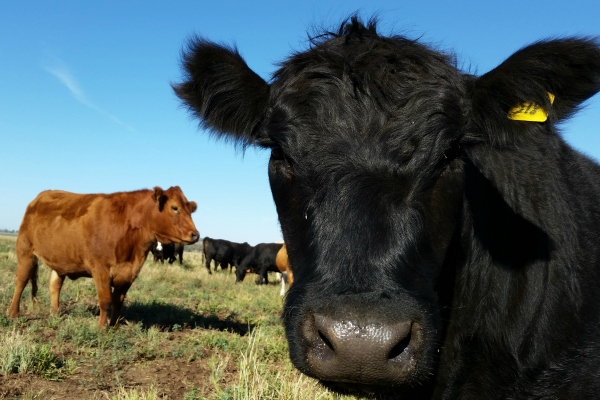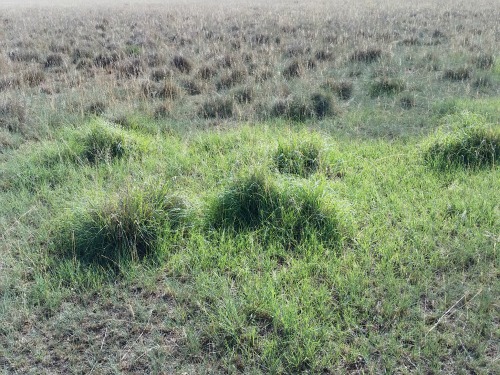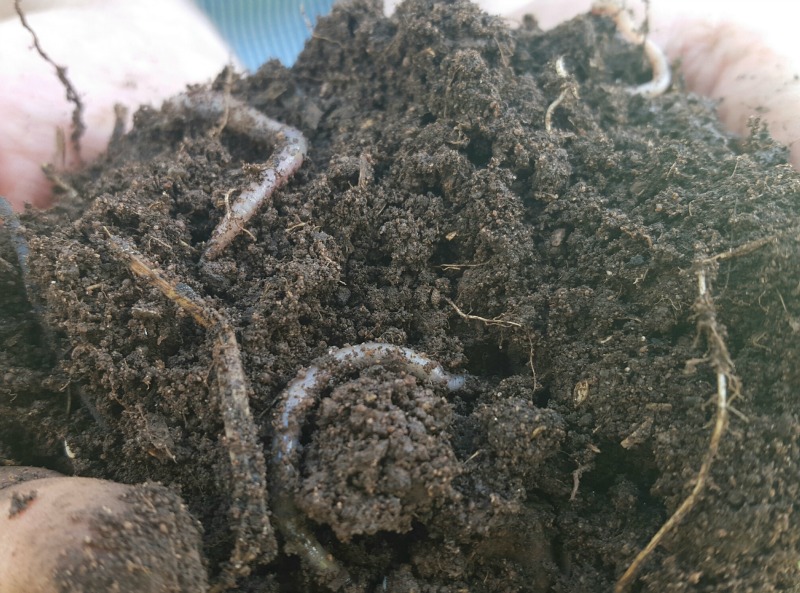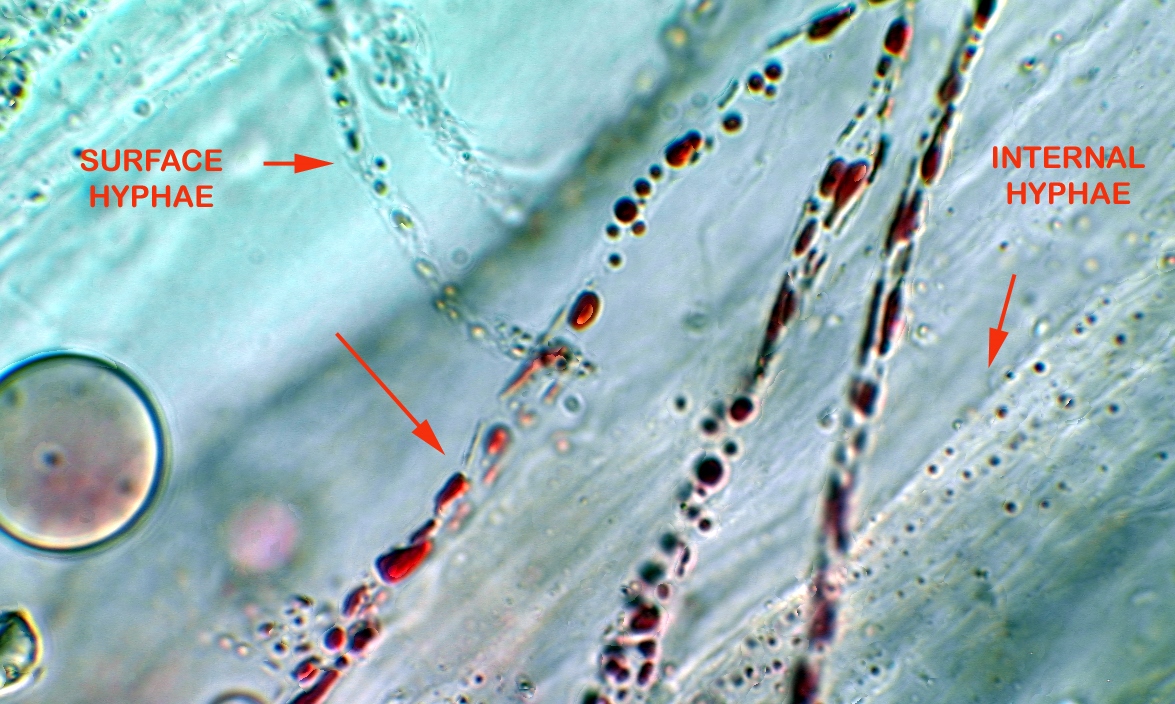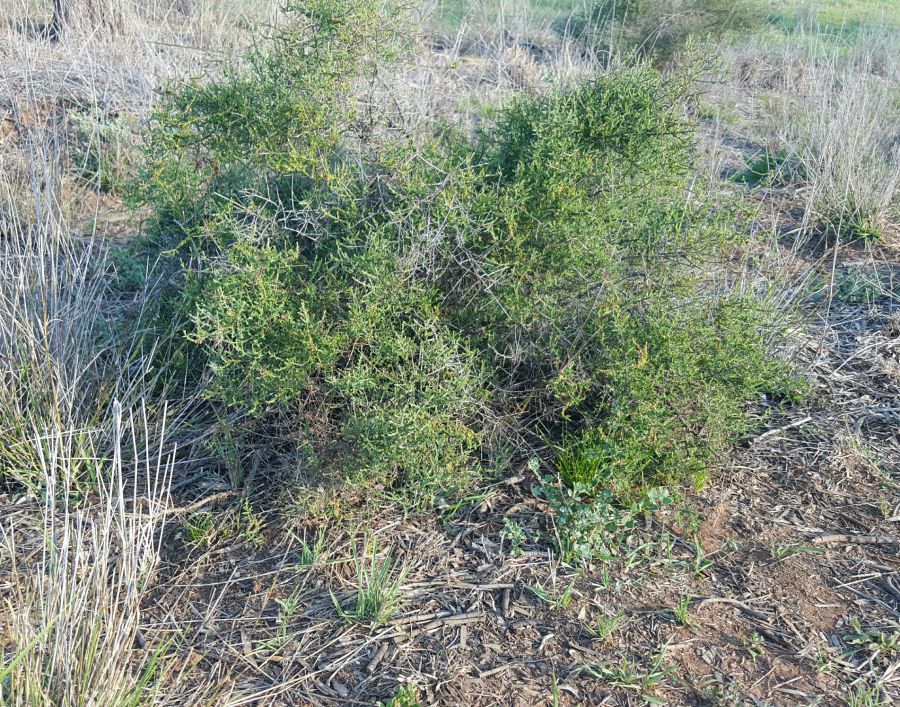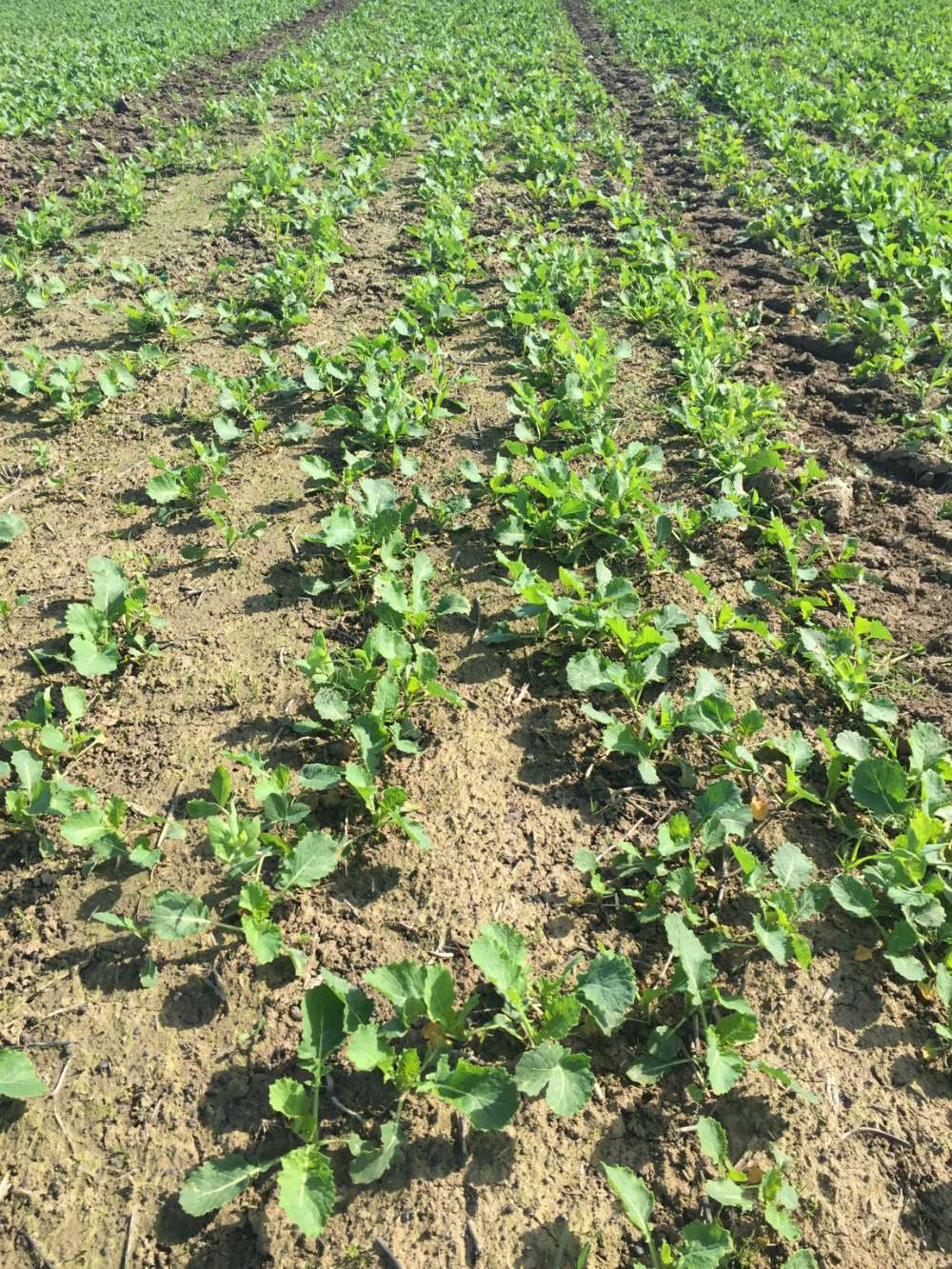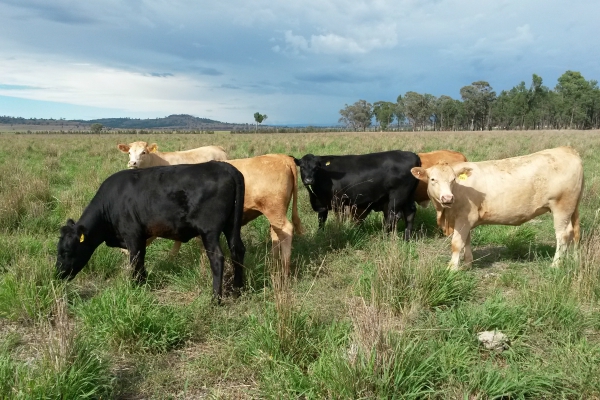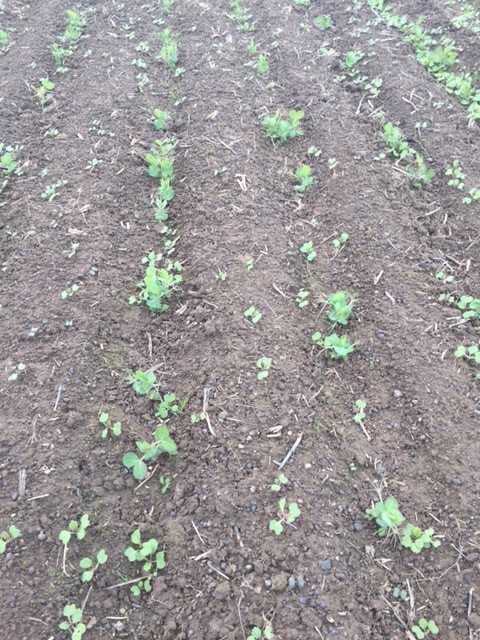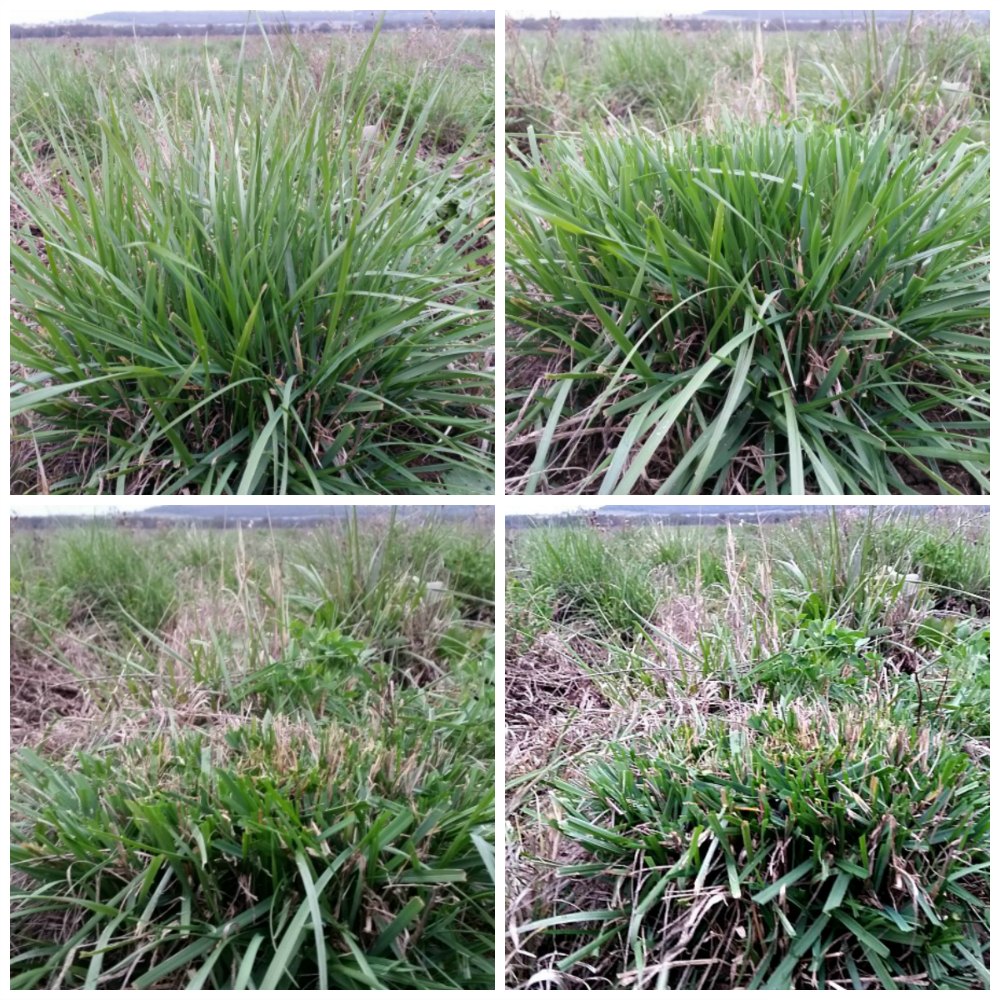Production systems involving ruminant animals have come under pressure from some sectors of the community concerned about climate change due to the production of methane (CH4, a greenhouse gas) by these animals. While methane has a much shorter life (12 years) in the atmosphere than carbon dioxide, the reason it attracts so much negative publicity is that methane is calculated to have a 25 greater fold impact on climate change than carbon dioxide. Much of the atmospheric methane is oxidised to carbon dioxide and water, but with general emission levels increasing since the industrial era, (as with carbon dioxide), there is only so much certain systems can deal with. So should we therefore be worried about the impacts of the methane from our livestock on climate change? Continue reading “RUMINANTS – A methane pest or climate change solution?” »
